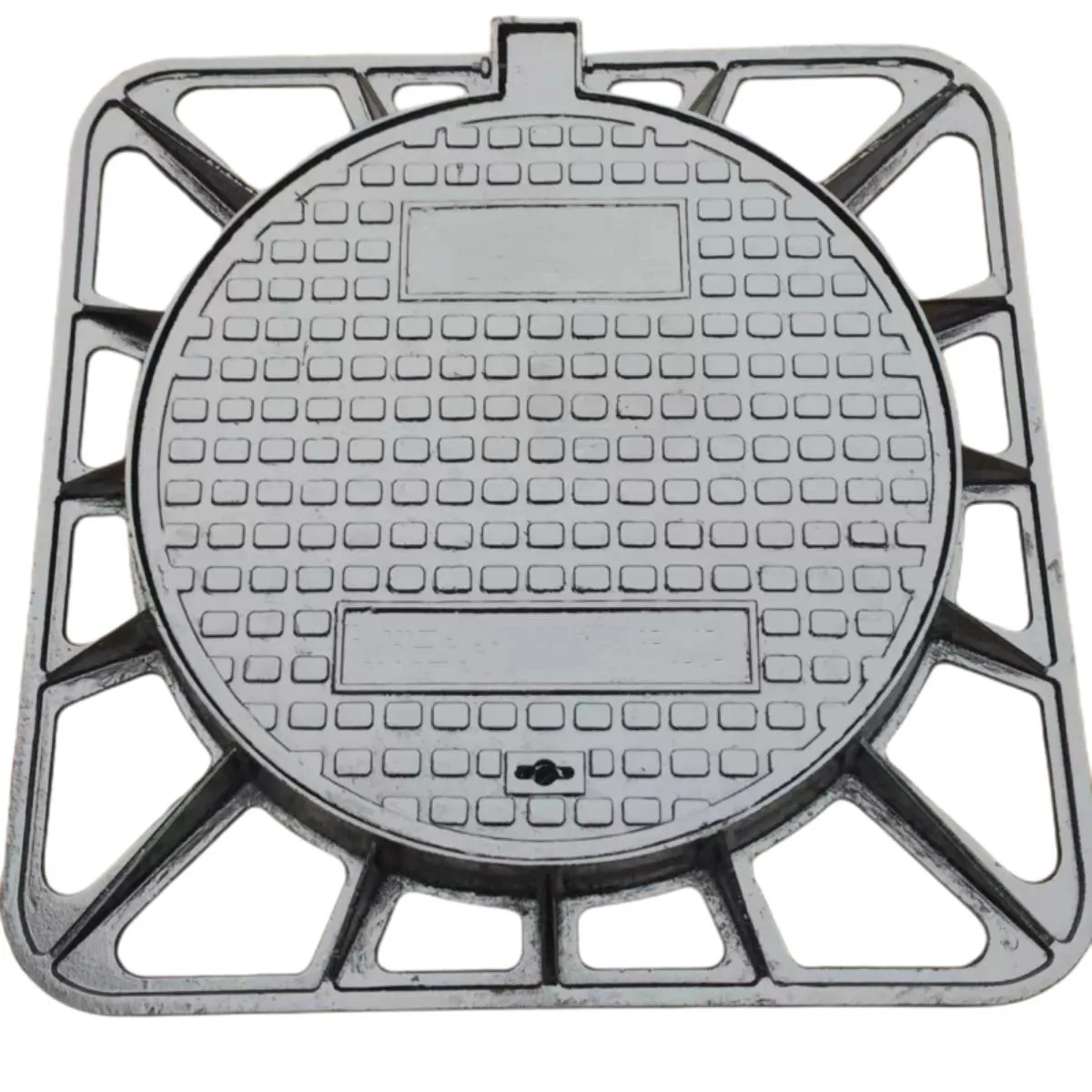Effective Design and Use of Utility Bollards in Urban Environments for Safety and Accessibility
Utility Bollards Enhancing Safety and Functionality in Urban Spaces
Utility bollards have become an integral part of urban infrastructure, serving both functional and aesthetic purposes. These short, sturdy posts are commonly used to control vehicle access, protect pedestrians, and delineate spaces within urban environments. Their versatility makes them an essential feature in city planning, commercial properties, and public areas.
The Purpose of Utility Bollards
The primary function of utility bollards is to enhance safety. By strategically placing these posts, cities can prevent vehicles from entering pedestrian-only zones, thereby reducing the risk of accidents and protecting foot traffic. This is particularly important in busy city centers, where large crowds gather for events, shopping, and dining. In addition to crowd control, bollards also protect buildings and infrastructure from vehicle impact. For example, they are often used around storefronts and outdoor dining areas to create a buffer zone between pedestrians and moving traffic.
Furthermore, utility bollards help in traffic management. They can guide vehicles into designated lanes and prevent illegal parking in restricted areas. This not only improves the flow of traffic but also contributes to the overall orderliness of urban spaces.
Types of Utility Bollards
Utility bollards come in various styles, materials, and functionalities
. Some are designed merely for delineation, while others serve more robust protective purposes.1. Fixed Bollards These are permanently installed and provide a strong barrier against vehicle intrusions. They are commonly made from durable materials like steel or concrete, ensuring they withstand significant impacts.
utility bollards

2. Removable Bollards For areas that require occasional vehicle access, removable bollards offer flexibility. They can be taken out or secured in position depending on the needs of the area, such as during special events or construction activities.
3. Retractable Bollards These are similar to removable bollards but provide a mechanical solution. They can be lowered or raised with ease, allowing for controlled access while maintaining security when needed.
4. Decorative Bollards Aesthetic appeal is increasingly important in urban design. Decorative bollards blend functionality with style, available in various shapes, colors, and designs to complement the surrounding architecture. They can enhance the visual identity of an area while still fulfilling their primary safety functions.
Benefits Beyond Safety
While safety and traffic control are critical functions of utility bollards, the benefits extend beyond these practical applications. Their design and placement contribute significantly to the overall ambiance of urban spaces. By incorporating decorative bollards, cities can create inviting environments that encourage outdoor activities and social interactions. For example, well-placed bollards at park entrances or along pedestrian pathways can enhance the aesthetic quality and promote a sense of community.
Additionally, utility bollards can aid in wayfinding. Brightly colored or uniquely designed bollards can serve as landmarks, helping locals and tourists navigate through complex urban landscapes. This is particularly beneficial in dense metropolitan areas where street signs may be challenging to follow.
Conclusion
Utility bollards are more than just physical barriers; they play a vital role in shaping safe, functional, and aesthetically pleasing urban environments. As cities continue to grow and evolve, the design and implementation of utility bollards will remain essential in addressing the challenges associated with traffic management, pedestrian safety, and urban aesthetics. By understanding their importance, city planners, architects, and communities can work together to create spaces that are secure, accessible, and visually appealing, fostering a better quality of life for everyone. Whether through fixed, removable, or decorative options, utility bollards prove to be an invaluable asset in the ongoing development of urban infrastructure.
-
The Smarter Choice for Pedestrian AreasNewsJun.30,2025
-
The Gold Standard in Round Drain CoversNewsJun.30,2025
-
The Gold Standard in Manhole Cover SystemsNewsJun.30,2025
-
Superior Drainage Solutions with Premium Gully GratesNewsJun.30,2025
-
Superior Drainage Solutions for Global InfrastructureNewsJun.30,2025
-
Square Manhole Solutions for Modern InfrastructureNewsJun.30,2025
-
Premium Manhole Covers for Modern InfrastructureNewsJun.30,2025
